Mercedes E-Class Wagon vs Nissan Qashqai – Which one offers the better deal?
Two cars, one duel: Mercedes E-Class Wagon meets Nissan Qashqai.
Which one wins in performance, efficiency and value for money? Find out now!
Costs and Efficiency: When it comes to price and running costs, the biggest differences usually appear. This is often where you see which car fits your budget better in the long run.
Nissan Qashqai has a significantly advantage in terms of price – it starts at 29400 £, while the Mercedes E-Class Wagon costs 52600 £. That’s a price difference of around 23241 £.
Fuel consumption also shows a difference: Mercedes E-Class Wagon manages with 1.70 L and is therefore clearly more efficient than the Nissan Qashqai with 5.10 L. The difference is about 3.40 L per 100 km.
Engine and Performance: Power, torque and acceleration are the classic benchmarks for car enthusiasts – and here, some clear differences start to show.
When it comes to engine power, the Mercedes E-Class Wagon has a convincingly edge – offering 585 HP compared to 190 HP. That’s roughly 395 HP more horsepower.
In acceleration from 0 to 100 km/h, the Mercedes E-Class Wagon is clearly quicker – completing the sprint in 4.10 s, while the Nissan Qashqai takes 7.90 s. That’s about 3.80 s faster.
In terms of top speed, the Mercedes E-Class Wagon performs to a small extent better – reaching 250 km/h, while the Nissan Qashqai tops out at 206 km/h. The difference is around 44 km/h.
There’s also a difference in torque: Mercedes E-Class Wagon pulls clearly stronger with 750 Nm compared to 330 Nm. That’s about 420 Nm difference.
Space and Everyday Use: Beyond pure performance, interior space and usability matter most in daily life. This is where you see which car is more practical and versatile.
Both vehicles offer seating for 5 people.
In curb weight, Nissan Qashqai is evident lighter – 1420 kg compared to 1900 kg. The difference is around 480 kg.
In terms of boot space, the Mercedes E-Class Wagon offers to a small extent more room – 615 L compared to 504 L. That’s a difference of about 111 L.
In maximum load capacity, the Mercedes E-Class Wagon performs noticeable better – up to 1830 L, which is about 383 L more than the Nissan Qashqai.
When it comes to payload, Mercedes E-Class Wagon a bit takes the win – 645 kg compared to 520 kg. That’s a difference of about 125 kg.
Who comes out on top?
Overall, the Mercedes E-Class Wagon shows itself to be is largely superior and secures the title of DriveDuel Champion.
It convinces with the more balanced overall package and proves to be the more versatile choice for everyday use.
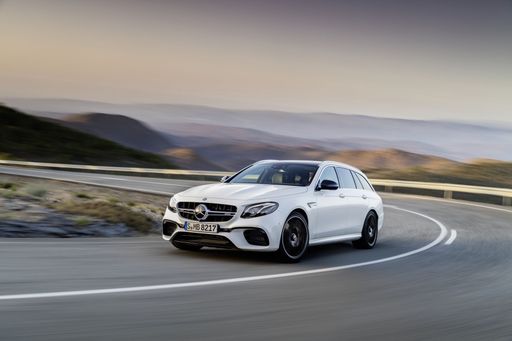
Mercedes E-Class Wagon
Mercedes E-Class Wagon
The Mercedes-Benz E-Class Wagon offers a harmonious blend of luxury and practicality, making it a favourite for those who value both style and functionality. Its sleek exterior design is matched by a sophisticated interior that provides a comfortable and spacious environment for both driver and passengers. This vehicle also boasts advanced technology features, ensuring a smooth and connected driving experience.
details @ group-media.mercedes-benz.com
@ group-media.mercedes-benz.com
 @ group-media.mercedes-benz.com
@ group-media.mercedes-benz.com
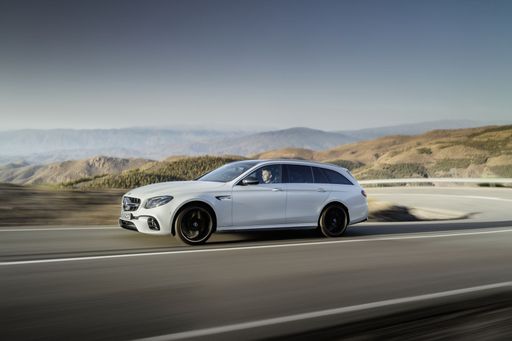 @ group-media.mercedes-benz.com
@ group-media.mercedes-benz.com
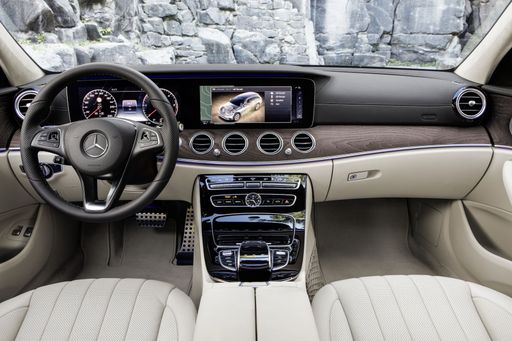 @ group-media.mercedes-benz.com
@ group-media.mercedes-benz.com
Nissan Qashqai
The Nissan Qashqai stands out in the compact SUV market with its sleek design and versatile features. Its smooth ride and refined interior make it a popular choice for both city driving and weekend adventures. Advanced safety technologies and user-friendly infotainment add to its appeal, ensuring a comfortable and secure driving experience for all passengers.
details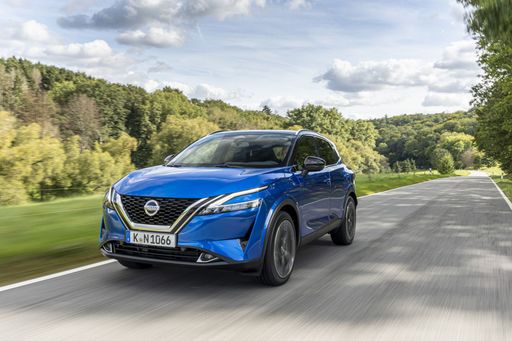 @ Nissan
@ Nissan
 @ Nissan
@ Nissan
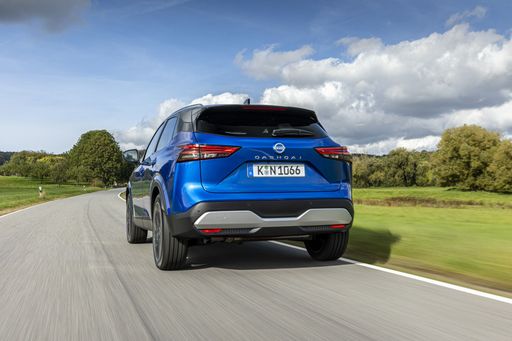 @ Nissan
@ Nissan
 @ Nissan
@ Nissan
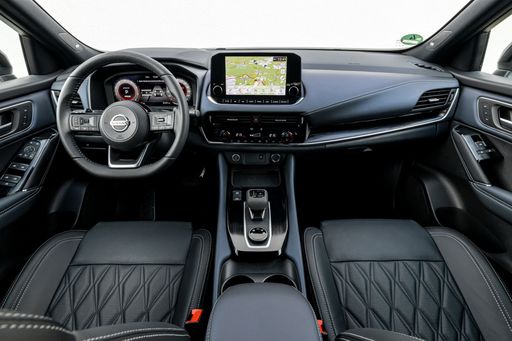 @ Nissan
@ Nissan

|

|
|
|
|
Costs and Consumption |
|
|---|---|
|
Price
52600 - 121800 £
|
Price
29400 - 42500 £
|
|
Consumption L/100km
1.7 - 7.9 L
|
Consumption L/100km
5.1 - 6.8 L
|
|
Consumption kWh/100km
-
|
Consumption kWh/100km
-
|
|
Electric Range
97 - 109 km
|
Electric Range
-
|
|
Battery Capacity
21.20 kWh
|
Battery Capacity
-
|
|
co2
44 - 181 g/km
|
co2
116 - 154 g/km
|
|
Fuel tank capacity
50 - 66 L
|
Fuel tank capacity
55 L
|
Dimensions and Body |
|
|---|---|
|
Body Type
Estate
|
Body Type
SUV
|
|
Seats
5
|
Seats
5
|
|
Doors
5
|
Doors
5
|
|
Curb weight
1900 - 2435 kg
|
Curb weight
1420 - 1665 kg
|
|
Trunk capacity
460 - 615 L
|
Trunk capacity
479 - 504 L
|
|
Length
4949 - 4959 mm
|
Length
4425 mm
|
|
Width
1880 mm
|
Width
1835 mm
|
|
Height
1469 - 1497 mm
|
Height
1625 mm
|
|
Max trunk capacity
1675 - 1830 L
|
Max trunk capacity
1422 - 1447 L
|
|
Payload
540 - 645 kg
|
Payload
466 - 520 kg
|
Engine and Performance |
|
|---|---|
|
Engine Type
Petrol MHEV, Plugin Hybrid, Diesel MHEV
|
Engine Type
Petrol MHEV, Full Hybrid
|
|
Transmission
Automatic
|
Transmission
Manuel, Automatic
|
|
Transmission Detail
Automatic Gearbox
|
Transmission Detail
Manual Gearbox, CVT, Reduction Gearbox
|
|
Drive Type
All-Wheel Drive, Rear-Wheel Drive
|
Drive Type
Front-Wheel Drive, All-Wheel Drive
|
|
Power HP
186 - 585 HP
|
Power HP
140 - 190 HP
|
|
Acceleration 0-100km/h
4.1 - 8.8 s
|
Acceleration 0-100km/h
7.9 - 10.2 s
|
|
Max Speed
213 - 250 km/h
|
Max Speed
170 - 206 km/h
|
|
Torque
320 - 750 Nm
|
Torque
240 - 330 Nm
|
|
Number of Cylinders
4 - 6
|
Number of Cylinders
3 - 4
|
|
Power kW
137 - 430 kW
|
Power kW
103 - 140 kW
|
|
Engine capacity
1993 - 2999 cm3
|
Engine capacity
1332 - 1497 cm3
|
General |
|
|---|---|
|
Model Year
2024 - 2025
|
Model Year
2024
|
|
CO2 Efficiency Class
G, E, F, B, D
|
CO2 Efficiency Class
E, D
|
|
Brand
Mercedes-Benz
|
Brand
Nissan
|
What drivetrain options does the Mercedes E-Class Wagon have?
The Mercedes E-Class Wagon is offered with All-Wheel Drive or Rear-Wheel Drive.
The prices and data displayed are estimates based on German list prices and may vary by country. This information is not legally binding.
